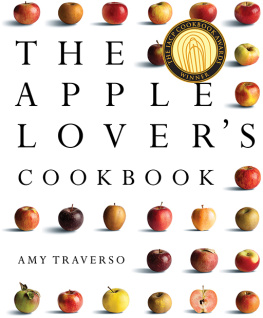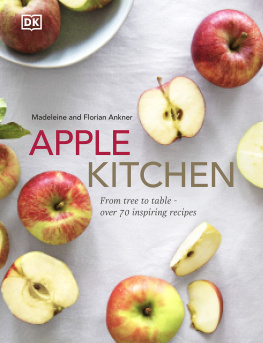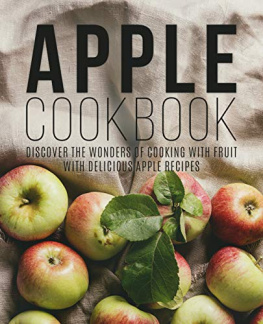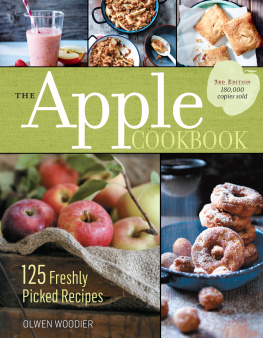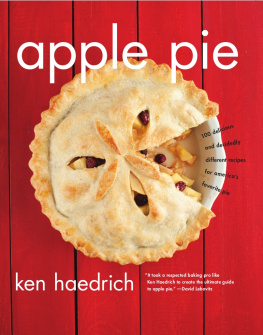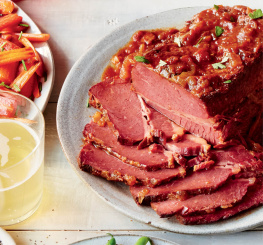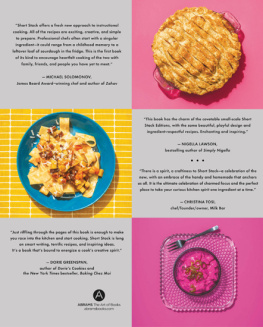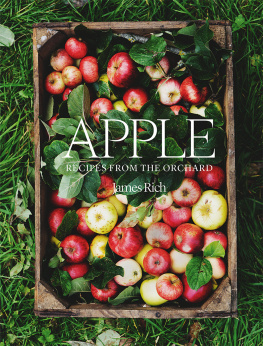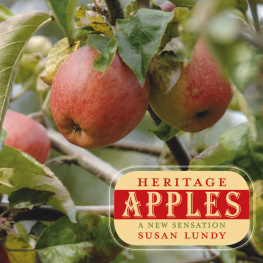
The Apple Lovers Cookbook

AMY TRAVERSO
photographs by Squire Fox

W. W. Norton & Company
New York London

Pork and Apple Pie with Cheddar-Sage Crust ()
For Scott, Max, and Eva
If you are going to follow links, please bookmark your page before linking.
CONTENTS

Calville Blanc dHiver
S o... you must like apples.
Tell a stranger at a cocktail party that youre a food writer working on an apple cookbook, and thats the response youll likely get. And, of course, one would hope that the answer is yes, I do, very much. In fact, the more Ive eaten them, cooked with them, learned their history, and studied their intricacies, the more passionate Ive become.
Sometimes the conversation ends therenot everyone finds fruit so fascinating. But if it continues, the topic usually turns to favorite varietiesmine (Pink Pearl and Calville Blanc dHiver) and theirs (Honeycrisp is popular, as is Gala, with a few still holding fast to Red Delicious)which almost always sparks memories of a favorite childhood recipe. Oh, they say, My mom used to make the best apple crisp...
I enjoy these conversations because its nice to know that Im not alone in my enthusiasm. In the years Ive spent working on this book, Ive discovered that apples are not only tasty, but infinitely varied and intrinsically connected to human history. Theyre the worlds third most widely grown fruit (bananas are first, grapes second). In this country, theyre grown commercially in thirty-five states, and home orchards can be found from Alaska to Florida, where the variety Tropic Sweet was developed at the state university. Apples have been a window through which my knowledge of food has deepened. I hope that the more time you spend with this book, the more passionate youll become as well.
I wasnt always such an apple enthusiast. I grew up in Connecticut, enjoying the fruit in the way of most children. I snacked on a McIntosh or Red Delicious when there werent any Oreos on offer. I looked forward to fall, when my mother made my grandmothers apple crisp (). We made an annual apple-picking trek to nearby Glastonbury, where a handful of family-run orchards still continues to resist suburban development.
And somewhere in that very conventional introduction, apples took root in my imagination. I saw the lush beauty of an orchard at full fruit, and understood why so much early literature, from the Bible to Greek and Scandinavian mythology, equates the orchard with Paradise itself. To me, an apple farm in September or October represents everything that is inspiring in natureits abundance and sweetnessand strikes me as a spiritual setting as much as any church or temple. Setting aside the centuries of decidedly human effort that gave rise to these highly selected fruitsand forgetting that orchards dont exactly plant themselveswalking among these trees gives the most pleasing vision of nature, in which sweet fruit is given in abundance as if by some universal benevolence.
After I left home and began exploring food and cooking as a serious hobby, and later as a food editor and recipe developer, I experimented with apple varieties outside my narrow circle of McIntosh, Macoun, Granny Smith, and Golden Delicious, and found breeds that seemed almost exoticthe sweet yellow Winter Banana, the tart and rough-skinned Roxbury Russet. Here was a fruit that thrived in my northern home statewhere remnants of former orchards can be found in most cities and suburban towns. In fact, I often snack from several scraggly survivors in my urban Brookline, Massachusetts, neighborhood.
Apples are so adaptable and grow in so many places that they provide an easy way to eat locally and in season, and to support nearby farms instead of relying only on fruit shipped in from far away. All worthy goals, with more and more popular appealjust look at the farmers markets sprouting up all over the country. For those of us who live in regions with short growing seasons, locally grown apples arent just delicious, theyre politically correct!
Even far from any orchard, the average shopper has access to an incredible diversity of apple varietiessomething rare on a mass scale. Consider the typical supermarkets produce section: you can buy plain raspberries, nectarines, or lemons. For all the tons of strawberries grown year-round in California and Florida, the fruits are still known only by their generic names. Head over to the apple section, however, and you can choose from Granny Smith, Pink Lady, Fuji, and Gala, among others. Only apples have earned such specific interest.
Why? Because in addition to being highly available, apples are delicious, with the sort of tart-sweet balance that delights the palate. They keep wellin my refrigerators produce drawer, Ive successfully stored Newtown Pippin and Northern Spy well into spring (for best results, put them in a paper bag or a plastic bag into which youve punched a few holes). And theyre easy to cook with, shining in preparations sweet and savory, fresh and baked.
My own love affair with this fruit hit new highs (and perhaps went overboard) when, on October 2, 2004, I married my husband, Scott, in the apple orchard of Arrows Restaurant in Ogunquit, Maine. As our guests arrived, we served them cider made from the fruit of the trees around us. At the reception, we set small wedding cakes on each table and scattered tiny Lady Apples around them as an edible centerpiece. My bridesmaids wore shades of red and rose, like the blush on the fruit, and Scott and his groomsmen sported apple-green ties. My friend Gil even designed an apple tree logo for the invitations and programs. The wedding favors? Caramel apples. Really, it was a harvest festival disguised as a wedding. And naturally, when our son, Max, began talking, he called every fruit an apple.
My passion for apples has shaped my work life as well. As a food writer and editor, Ive seen how popular apples are with readers. Every fall, at magazines from California to New England, my job has been to develop great apple recipes. All of these experiences have brought me to this cookbook. I love this fruit. I love how it represents home and autumn and big slabs of pie, and I love cooking with it.
Chances are, apples have a place in your own food memories. I cant think of another fruit that comes as close to the heart of the American table. We save an apple for the teacher. We eat an apple a day. We are as American as apple pie (an ironic statement, if you think about it, given that apple pie really is very British), and we call our greatest city the Big Apple. Some combination of those phrases and a thousand servings of apple cider donuts and mulled cider, combined with my New England roots or your Virginia or Sonoma or Yakima Valley childhood, and all those rounds of the Johnny Appleseed song ( Oh, the Lord is good to me... ), all add up to such strong associations with apples and America that I half expected to hear that the Pilgrims found rows of Baldwin and McIntosh when they first stepped ashore at Plymouth.
In reality, the sweet apple we associate with home and country had to travel through time and across the world before it could become a homegrown favorite. Lets go back to the beginning and find out how we got here...
Next page
